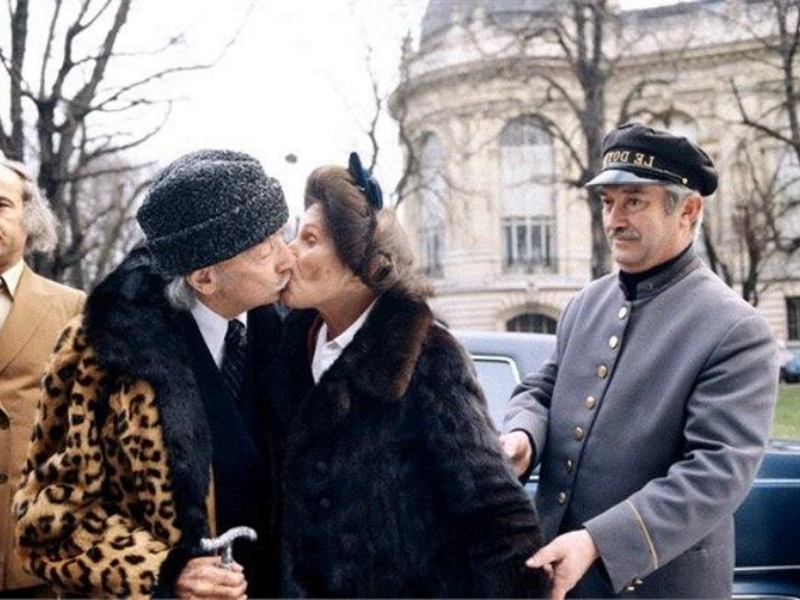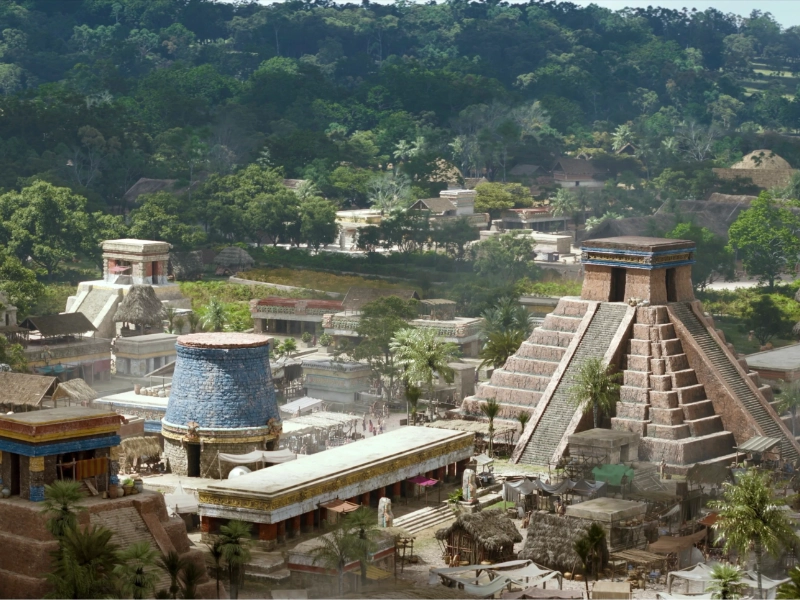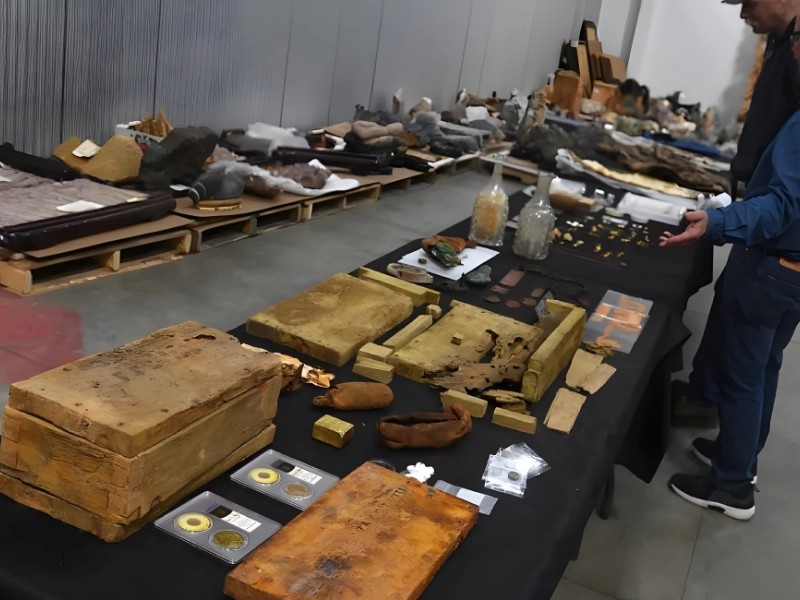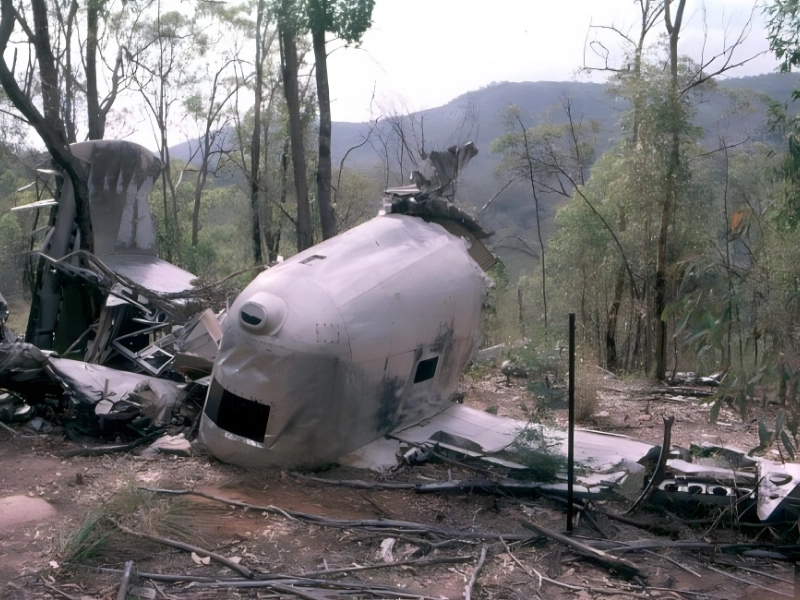Prepare to Be Amazed: The World's Most Expensive Construction Marvels Revealed
16. The Apollo Space Program
Place: USA
Year Completed: 1972
Total Cost: $25.4 Billion
The NASA Apollo Space Program stands as a monumental achievement in human history, concluding its final mission in 1972 after successfully completing 35 missions over eleven years, with a total funding of $25.4 billion. On May 25, 1961, President John F. Kennedy inspired the nation by declaring his belief that America could land a person on the moon by the end of the decade.
This ambitious goal was realized eight years later when the crew of Apollo 11 achieved the first human landing on the moon on July 20, 1969. This historic event marked a significant milestone not only for the United States but for humanity as a whole, showcasing the potential of human ingenuity and determination.
In conclusion, the Apollo Space Program represents a defining moment in space exploration, symbolizing the triumph of science and technology. Its legacy continues to inspire future generations to reach for the stars and pursue the unknown.
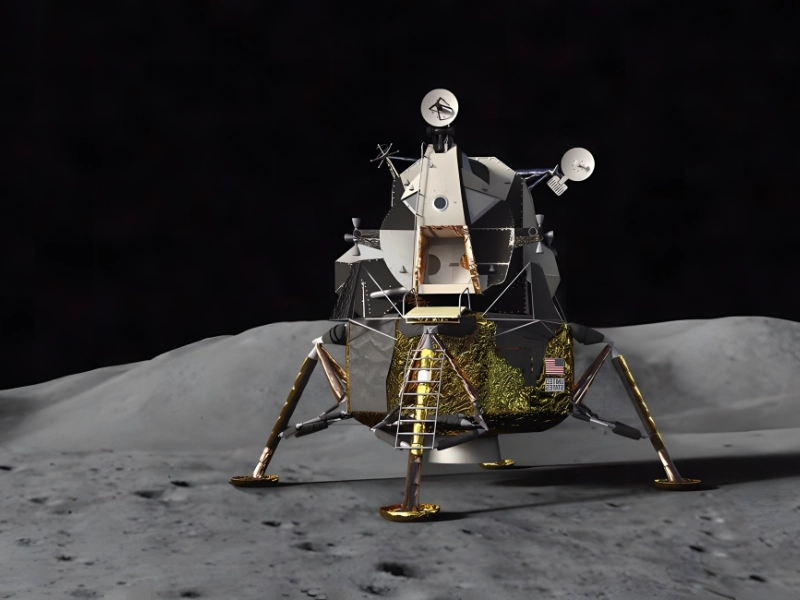
Apollo Space Program
Eighty percent of the Apollo Space Program's total cost was attributed to the development and design of key components, including the Saturn launch vehicles, the Apollo spacecraft, the spacesuits, and mission operations. In 1968, the cost of an Apollo spacecraft was approximately $77 million, while each spacesuit came with a price tag of $100,000. When adjusted for inflation, these figures translate to an astronomical total of about $288 billion USD today.
These substantial investments reflect the complexity and ambition of the program, which aimed to achieve groundbreaking milestones in space exploration. The financial commitment underscored the United States' determination to lead in the space race and showcased the technological advancements made during this era.
In conclusion, the Apollo Space Program not only achieved remarkable feats in space travel but also laid the groundwork for future exploration initiatives. The financial and scientific investments made during this time continue to influence modern aerospace endeavors and inspire ongoing curiosity about the universe.



